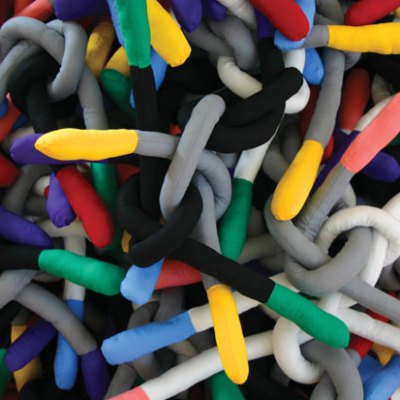This week’s competition prize is America’s National Gallery of Art by Philip Kopper, published by The National Gallery of Art, Washington and Princeton University Press (£62.95). Click here for your chance to win.
Seventy-five years ago, on the brink of America’s entry into World War II, the National Gallery of Art opened in Washington, DC. Since its opening in 1941, the Gallery’s singular status as the nation’s art museum has continued to attract public-spirited donors. Their generosity has added tens of thousands of superb works of art and has made possible the construction of I. M. Pei’s East Building in 1978, the Sculpture Garden in 1999, and most recently a rooftop terrace and new tower galleries in the East Building.
In celebration of the 75th anniversary of a beloved cultural institution, America’s National Gallery of Art takes readers on a definitive inside tour through the museum’s remarkable history. With lively prose and abundant illustrations, this richly detailed volume recounts the development of the Gallery under its four directors – David Finley, John Walker, J. Carter Brown, and currently Earl A. Powell III – and highlights the museum’s collections, exhibitions, architecture, and ambience. Later chapters explore the Gallery’s new emphasis on contemporary art and its historic 2014 agreement to accept custody of the Corcoran Collection, giving readers and visitors a window onto the future of this national treasure.
For your chance to win simply answer the following question and submit your details here before midday on 3 March.
Q: Which American financier and philanthropist founded the National Gallery of Art in Washington?
For our last competition prize we offered Turner’s Modern and Ancient Ports: Passages through Time by Susan Grace Galassi, published by The Frick Collection/Yale University Press (£45). The question was:
Q: In which seaside town did Turner go to school in 1786?
Answer: Margate
Congratulations to the winner: Emily Wilce



